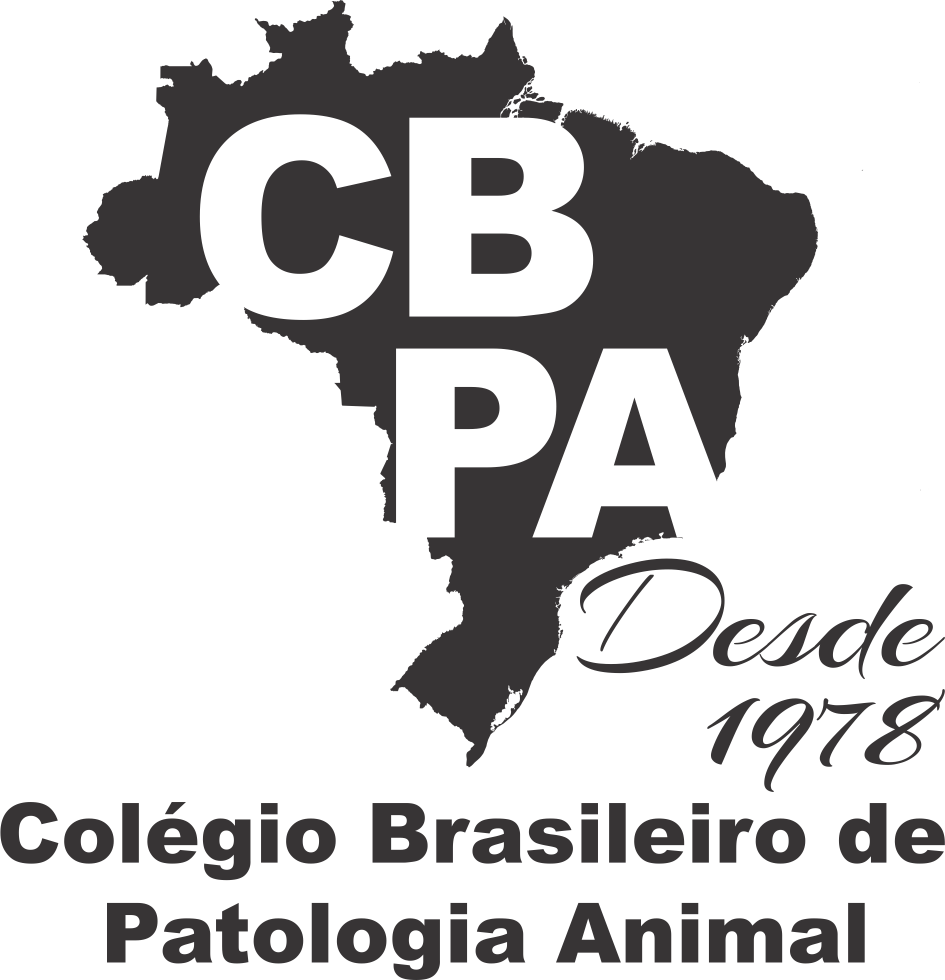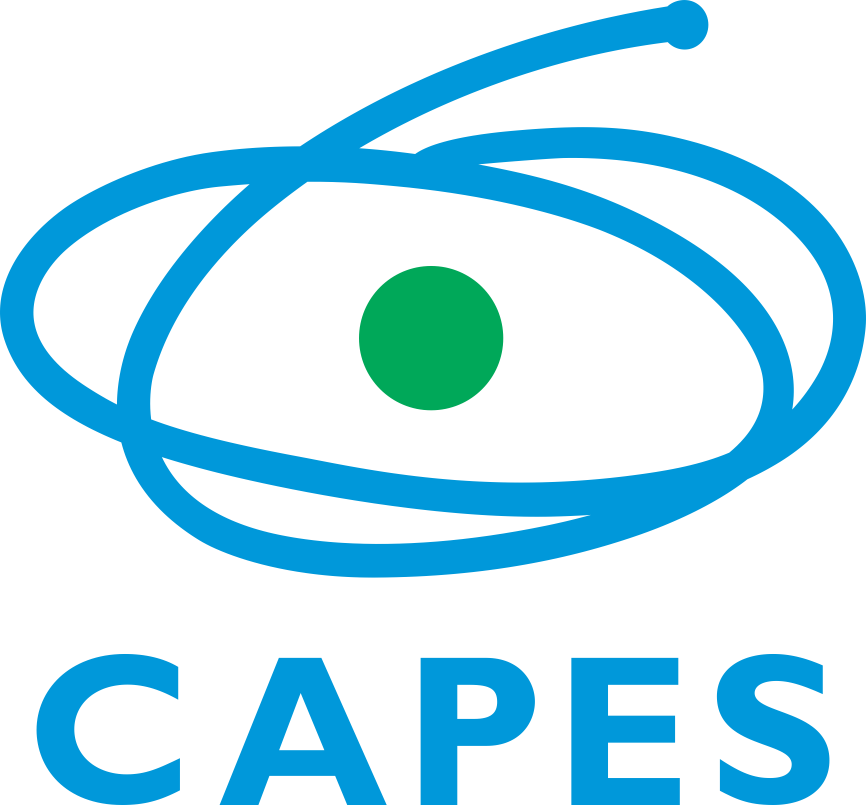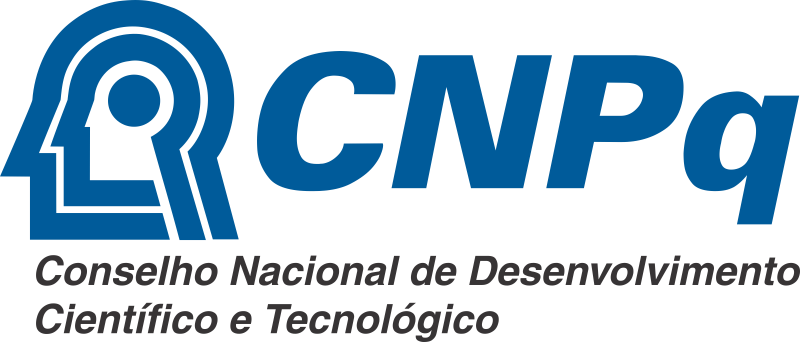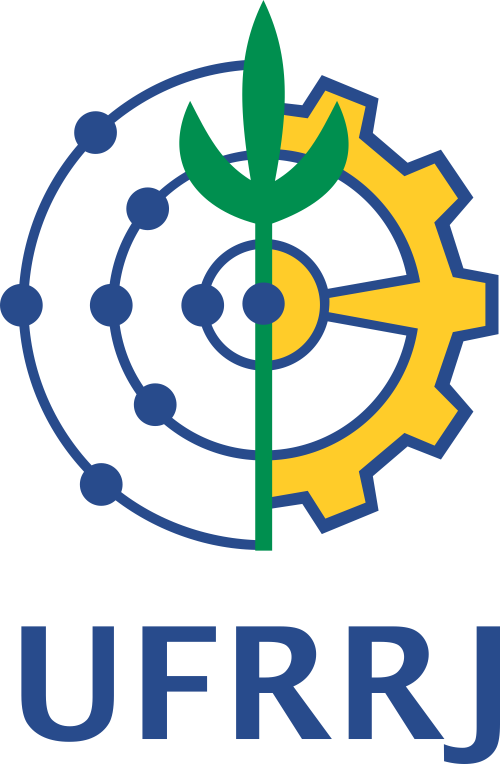Resultado da pesquisa (3)
Termo utilizado na pesquisa callitrichid
#1 - Oral metformin for type-2 diabetes mellitus treatment in a black-tufted marmoset (Callithrix penicillata)
Abstract in English:
Type-2 diabetes mellitus (T2DM) is characterized by defects in insulin secretion and combined peripheral resistance to the hormone. Several non-human primates (NHP) species develop T2DM, mainly captive animals with reduced physical activity and incorrect feeding. This case report describes the T2DM treatment of a black-eared marmoset (Callithrix penicillata) by diet reformulation and metformin oral administration. An adult female was diagnosed with T2DM after hyperglycemia and high serum fructosamine associated with glycosuria and obesity. Metformin hydrochloride (125mg/animal, orally, q24h) associated with feeding intervention was started. After 26 days, a significant reduction in weight, glycemia, and serum fructosamine could be observed, showing satisfactory results for the adopted therapy. Metformin is considered a safe drug for T2DM treatment due to its low hypoglycemia risk. The new diet consisted of sweet potato, squash, and varied fruits offered twice daily. In addition, thawed-mice newborns, egg whites, and small portions of pelleted primate food. In the present report, metformin use, associated with a low glycemic index diet, was effective in treating this particular marmoset and may present a potential for T2DM treatment in other NHPs.
Abstract in Portuguese:
Diabetes mellitus tipo 2 (DM2) caracteriza-se por uma combinação de defeitos na secreção de insulina e resistência periférica ao hormônio. Diversas espécies de primatas não humanos (PNH) desenvolvem DM2, sobretudo animais cativos com atividade física reduzida e alimentados incorretamente. Este trabalho descreve o tratamento de DM2 em sagui-de-tufo-preto (Callithrix penicillata), através da reformulação da dieta e administração oral de metformina. Uma fêmea adulta foi diagnosticada com DM2 após apresentar hiperglicemia e frutosaminemia elevadas associadas à glicosúria e à obesidade. Iniciou-se o uso do cloridrato de metformina (125mg/animal, VO, SID) associado ao controle de consumo alimentar com ajustes da dieta. Após 26 dias pode-se observar redução significativa de peso, adequação da glicemia e frutosaminemia, constatando resultado satisfatório da terapêutica adotada. A metformina é considerada um medicamento seguro para o tratamento de DM2, devido ao baixo risco de hipoglicemia. A base da nova dieta era batata-doce, abóbora e frutas variadas oferecidas duas vezes ao dia. Além disso, camundongos recém-nascidos descongelados, clara de ovo e pequenas porções de ração primata peletizada. No presente relato, a metformina associada a uma dieta com baixo índice glicêmico, foi eficaz para tratamento de DM2 podendo apresentar potencial terapêutico de DM2 em outros PNH.
#2 - Distribution of collagen types I, III, and IV in gastric tissue of marmosets (Callithrix spp., Callitrichidae: Primates), 30(4):317-320
Abstract in English:
ABSTRACT.- Mello M.F.V., Pissinatti A. & Ferreira A.M.R. 2010. Distribution of collagen types I, III, and IV in gastric tissue of marmosets (Callithrix spp., Callitrichidae: Primates). Pesquisa Veterinária Brasileira 30(4):317-320. Departamento de Patologia e Clínica Veterinária, Faculdade de Veterinária, Universidade Federal Fluminense, Rua Vital Brasil Filho 64, Niterói, RJ 24230-340, Brazil. E-mail: marcelafvmello@hotmail.com
Extracellular matrix (ECM) components such as fibrillar collagens play a fundamental role in wound repair and have also been studied in association with the gastric ulcer healing process in gastroenterology. Nevertheless, there have been no studies in the literature to date regarding the description and characterization of ECM components, neither in normal nor in injured gastric tissue of primate species. The objective of this study was to investigate the expression of gastric collagen types I, III, and IV in marmosets (Callithrix sp.). Histological specimens from the stomach of 6 Callithrix jacchus, 12 C. kuhli, and 12 C. geoffroyi were evaluated. The specimens were immunostained with anti-types I and III collagen polyclonal antibodies and anti-type IV collagen monoclonal antibody. Collagen types I and III were detected in the submucosa and lamina propria between the mucosal glands while collagen type IV was detected in the muscularis mucosae, muscular layers, blood vessels, and gastric mucosa between the mucosal glands. It is hoped that these findings can contribute to future studies on the gastric extracellular matrix components in primates and to comparative studies in the area of gastroenterology.
Abstract in Portuguese:
RESUMO.- Mello M.F.V., Pissinatti A. & Ferreira A.M.R. 2010. Distribution of collagen types I, III, and IV in gastric tissue of marmosets (Callithrix spp., Callitrichidae: Primates). [Distribuição dos colágenos tipo I, III e IV em tecido gástrico de sagüis (Callithrix spp., Callitrichidae: Primates).] Pesquisa Veterinária Brasileira 30(4):317-320. Departamento de Patologia e Clínica Veterinária, Faculdade de Veterinária, Universidade Federal Fluminense, Rua Vital Brasil Filho 64, Niterói, RJ 24230-340, Brazil. E-mail: marcelafvmello@hotmail.com
Os componentes da matriz extra-celular (MEC), como os colágenos fibrilares, desempenham um papel fundamental no reparo de feridas, tendo sido estudados em gastroenterologia, em associação com a cicatrização da úlcera gástrica. No entanto, não há estudos até o presente momento, que relatem a descrição e caracterização de componentes da MEC no tecido gástrico, quer seja normal ou com lesão, de espécies de primatas. O objetivo deste estudo foi investigar a expressão dos colágenos tipo I, III e IV no tecido gástrico de sagüis (Callithrix sp.). Foram avaliadas amostras do estômago de 6 Callithrix jacchus, 12 C. kuhli e 12 C. geoffroyi. As amostras foram submetidas à reação de imuno-histoquímica com anticorpos policlonais anti–colágenos tipo I e III e monoclonal anti-colágeno tipo IV. Os colágenos tipo I e III foram detectados na submucosa e na lâmina própria da mucosa, entre as glândulas gástricas, enquanto que o colágeno tipo IV foi detectado na muscularis mucosae, nas camadas musculares, nos vasos sanguíneos e na camada mucosa, entre as glândulas gástricas. Estes achados poderão contribuir com estudos futuros relacionados aos componentes da MEC no tecido gástrico de primatas e com estudos comparativos na área da gastroenterologia.
#3 - Myocardial stereology in captive Callithrix kuhlii (Callitrichidae, Primates): healthy animals versus animals affected by wasting marmoset syndrome (WMS), p.75-79
Abstract in English:
ABSTRACT.- Pissinatti T.A., Pissinatti A. & Burity C.H.F. 2007. Myocardial stereology in captive Callithrix kuhlii (Callitrichidae, Primates): healthy animals versus animals affected by wasting marmoset syndrome (WMS). Pesquisa Veterinária Brasileira 27(2):75-79. Setor de Morfologia, IBC, Universidade do Grande Rio (Unigranrio), Rua Prof. José de Souza Herdy 1160, uque de Caxias, RJ 25071-202, Brazil. E-mail: cburity@unigranrio.com.br
This study comprised 12 hearts of Wied´s black-tufted-ear marmoset, Callithrix kuhlii (Coimbra-Filho 1985), 6 with Wasting Marmoset Syndrome (WMS) and 6 non-affected. Biometry was performed after death. After necropsy, the hearts were weighed, dissected, fixed in 10% formalin solution (pH 7.2), and processed for optical microscopy at 5µm sections stained with Haematoxylin-Eosin. Quantitative analysis was performed by stereological techniques. The statistical differences between the biometrical and stereological parameters were assessed by the Mann-Whitney test. The morphometric results showed that WMS causes a significant reduction in body and cardiac weights, and also in the volume density of vessels in those animals. Further studies are necessary to understand some of the results shown here.
Abstract in Portuguese:
ABSTRACT.- Pissinatti T.A., Pissinatti A. & Burity C.H.F. 2007. Myocardial stereology in captive Callithrix kuhlii (Callitrichidae, Primates): healthy animals versus animals affected by wasting marmoset syndrome (WMS). Pesquisa Veterinária Brasileira 27(2):75-79. Setor de Morfologia, IBC, Universidade do Grande Rio (Unigranrio), Rua Prof. José de Souza Herdy 1160, uque de Caxias, RJ 25071-202, Brazil. E-mail: cburity@unigranrio.com.br
This study comprised 12 hearts of Wied´s black-tufted-ear marmoset, Callithrix kuhlii (Coimbra-Filho 1985), 6 with Wasting Marmoset Syndrome (WMS) and 6 non-affected. Biometry was performed after death. After necropsy, the hearts were weighed, dissected, fixed in 10% formalin solution (pH 7.2), and processed for optical microscopy at 5µm sections stained with Haematoxylin-Eosin. Quantitative analysis was performed by stereological techniques. The statistical differences between the biometrical and stereological parameters were assessed by the Mann-Whitney test. The morphometric results showed that WMS causes a significant reduction in body and cardiac weights, and also in the volume density of vessels in those animals. Further studies are necessary to understand some of the results shown here.








